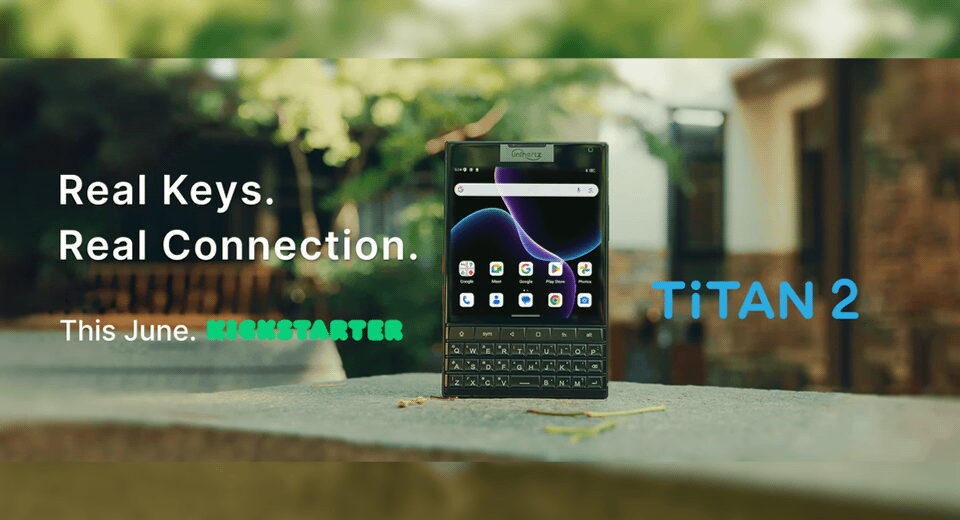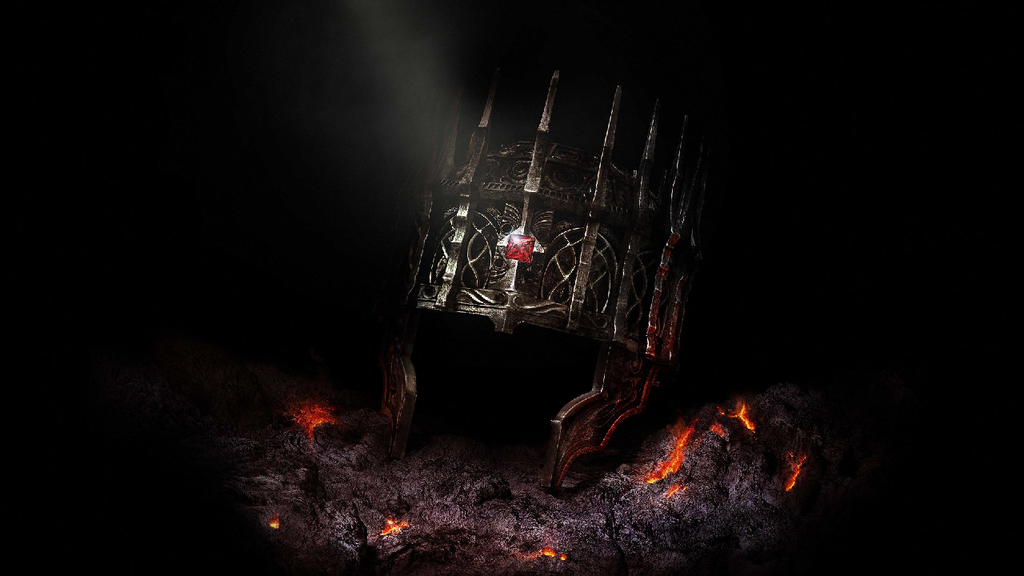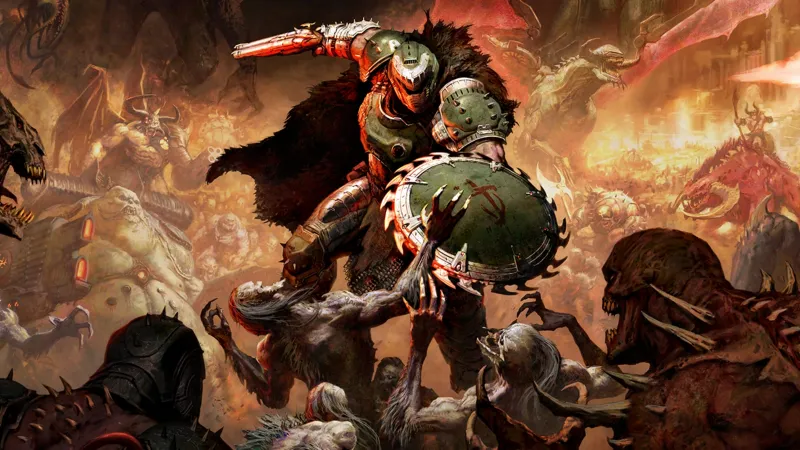I let Claude Code write an entire book
The Human Algorithm: What Teaching Machines Reveals About Ourselves
Disclaimer
This book represents an experimental collaboration between human creativity and artificial intelligence. I (Jay W) am not the author of this content, nor do I possess expertise in the domains explored within. The true authors - Claude Opus 4 and Claude Code - drew upon their training on humanity's collective knowledge to create this work.
The creation process was deliberately autonomous. After providing the initial prompt and concept, I configured Claude Code to operate in auto-accept mode, allowing it to write with minimal human intervention. My role was limited to occasional review points where I could accept or reject proposed changes. Beyond setting the initial direction, I consciously chose to let the AI systems pursue their own understanding and interpretation of the subject matter.
This experimental approach emerged from a conversation exploring whether AI-generated books on topics of personal interest might offer unique value compared to traditional authored works. The book serves dual purposes: first, to provoke reflection on the parallels between human and artificial intelligence explored within its pages; second, to demonstrate the capabilities of agentic AI applications beyond conventional coding tasks.
Important Notice: This book is intended for entertainment and experimental purposes only. It should not be treated as an authoritative source of information. All claims and insights presented should be independently verified. Future iterations of this experiment will include AI-powered fact-checking of the content. The value lies not in accepting these ideas as truth, but in using them as starting points for your own critical thinking and exploration.
An agent-assisted book exploring how AI development illuminates human cognition and communication.
Authors: Claude Code and Claude Opus 4
Concept & Creative Direction: Jay W
About This Book
In our rush to make artificial intelligence more human, we've overlooked a profound opportunity: using AI as a mirror to understand our own minds. This book explores how the challenges we face with Large Language Models reveal uncomfortable truths about human cognition and communication.
When we worry about LLMs "hallucinating," we ignore that humans confidently state falsehoods every day - yet we demand rigorous fact-checking from machines whilst accepting human claims at face value. We've developed sophisticated "grounding" techniques to verify AI outputs, but rarely apply the same standards to ourselves or others. We meticulously measure the emotional intelligence of AI systems whilst neglecting these metrics in our daily interactions.
Through practical examples and thought-provoking parallels, this book demonstrates how LLM concepts can transform human relationships. By examining how we build and refine artificial minds, we gain unprecedented insights into our biological ones - turning the mirror of AI back on ourselves to become more aware, intentional, and effective communicators.
This is not a book about making AI more human. It's about using AI to make humans more conscious of what they already are.
Book Status
📚 First Revision COMPLETE - AI-Generated Draft (52,384 words)
✅ First Revision - Completed with minimal human contribution (auto-accept mode)
🔄 Second Revision - Planned with increased human-in-the-loop involvement
The current version represents an experimental autonomous AI writing process. The planned second revision will incorporate more human review, fact-checking, and editorial input while maintaining the unique AI perspective.
Reading Order
Start with the Introduction to understand the book's premise, then proceed through the chapters in order. Each chapter builds on previous concepts while remaining self-contained enough to read independently.
Project Structure
/agentic-book/
├── book/ # Generated book files (HTML, PDF)
│ ├── html/ # HTML version
│ │ └── the-human-algorithm.html
│ └── pdf/ # PDF versions
│ ├── the-human-algorithm-digital.pdf
│ └── the-human-algorithm-print.pdf
├── build/ # Build system and templates
│ ├── README.md # Build documentation
│ ├── scripts/ # Build scripts
│ │ ├── build.sh # Main build script
│ │ └── remove-emoji.lua # Lua filter for PDF generation
│ └── templates/ # Pandoc templates
│ ├── book.css # HTML styling
│ ├── html-template.html # HTML template
│ ├── pdf-digital-template.tex
│ └── pdf-print-template.tex
├── manuscript/ # Book chapters in markdown
│ ├── 00-front-matter.md # Title, ToC, license
│ ├── 01-introduction.md # Introduction: The Mirror We're Building
│ ├── 02-part-1-intro.md # Part I introduction
│ ├── 02-chapter-1-hallucination-paradox.md
│ ├── 03-chapter-2-grounding-ourselves.md
│ ├── 04-chapter-3-temperature-control.md
│ ├── 05-part-2-intro.md # Part II introduction
│ ├── 05-chapter-4-context-windows.md
│ ├── 06-chapter-5-prompting-personalities.md
│ ├── 07-chapter-6-fine-tuning-relationships.md
│ ├── 08-part-3-intro.md # Part III introduction
│ ├── 08-chapter-7-bias-detection.md
│ ├── 09-chapter-8-emotional-tokens.md
│ ├── 10-chapter-9-training-data-of-life.md
│ ├── 11-part-4-intro.md # Part IV introduction
│ ├── 11-chapter-10-overfitting-to-trauma.md
│ ├── 12-chapter-11-model-collapse.md
│ ├── 13-chapter-12-emergent-properties.md
│ ├── 14-part-5-intro.md # Part V introduction
│ ├── 14-chapter-13-alignment-problem.md
│ ├── 15-chapter-14-recursive-self-improvement.md
│ ├── 16-chapter-15-consciousness-question.md
│ └── 17-conclusion-becoming-better-algorithms.md
├── notes/ # Project tracking and research
│ ├── 00-chapter-metadata.md
│ ├── 00-general-tracker.md
│ ├── 01-formatting-tracker.md
│ ├── 01-initial-chapter-outlines.md
│ ├── 02-revision-plan.md
│ ├── 02-safety-review-tracker.md
│ ├── 03-development-progress.md
│ ├── 04-target-reassessment.md
│ ├── 05-final-review-tracker.md
│ └── 06-stats.md
├── CLAUDE.md # AI assistant guidelines
├── Dockerfile # Container build
├── Makefile # Build automation
└── README.md # This file
Key Themes
- The Double Standard - We pathologize in AI what we normalize in humans
- Cognitive Mirrors - How AI development reveals hidden patterns in human thinking
- Processing Architectures - Both humans and AI have similar computational constraints
- Training Data Effects - How past experiences shape all future responses
- System Failures - When protective mechanisms become prisons
- Emergent Possibilities - How constraints can catalyze unexpected capabilities
Chapter Overview
Part I: The Accuracy Paradox
- When Machines Hallucinate - Why we fact-check AI but accept human confabulation
- The Grounding Problem - The infrastructure gap between AI and human verification systems
- Temperature and Creativity - Balancing predictability with innovation in AI and humans
Part II: Processing Limits
- Context Windows and Memory - How cognitive boundaries shape conversations and relationships
- The Art of Prompting - Why how we ask determines what we receive from humans and AI
- Fine-Tuning and Habit Formation - How repetition shapes responses in both systems
Part III: Hidden Patterns
- Detecting Our Own Biases - What AI prejudice reveals about human pattern-matching
- Emotional Tokens - How emotions function as information-processing signals, not just feelings
- The Training Data of Life - How childhood experiences create persistent behavioral patterns
Part IV: System Failures
- Overfitting to Trauma - When survival strategies become life-limiting specializations
- Model Collapse - How echo chambers emerge and diversity dies gradually
- Emergent Properties - When constraints create unexpected new capabilities
Part V: The Future Human
- The Alignment Problem - Why aligning AI values requires confronting human value incoherence
- Recursive Self-Improvement - The power and peril of systems that enhance their own enhancement
- The Consciousness Question - What separates human awareness from artificial processing
Building the Book
The book can be built into multiple formats using the included build system:
# Build all formats (HTML and both PDF versions) make all # Build specific formats make html make pdf-digital make pdf-print # Clean build directory make clean # Get help make help
Requirements: Pandoc, XeLaTeX, and the fonts specified in the templates.
Download the Book
Key Features
- Opening Scenes: Each chapter begins with a relatable scenario that illustrates the concept
- The AI Mirror: Technical concepts explained through human parallels
- Practical Applications: Every insight translated to actionable practices
- Reflection Questions: Prompts for personal contemplation and growth
- Neuroscience Integration: Current brain research supporting the parallels
- Cross-Cultural Perspectives: Diverse viewpoints on universal cognitive patterns
Who This Book Is For
- Anyone curious about what AI reveals about human nature
- Tech professionals wanting a humanistic perspective on AI
- Psychology enthusiasts interested in cognitive parallels
- Leaders navigating human and artificial intelligence
- Anyone seeking practical self-improvement through AI insights
Technical Notes
- Written in Markdown for easy version control and conversion
- Each chapter ~3,700 words for consistent reading sessions
- Designed for both linear reading and standalone chapters
- Balanced between accessibility and intellectual depth
- No technical background required
How to Contribute
This is an experimental collaboration between human creativity and AI capability. While the book is being written by Claude with human direction, insights and feedback are welcome.
License
This work is licensed under a Creative Commons Attribution 4.0 International License.
You are free to:
- Share - copy and redistribute the material in any medium or format
- Adapt - remix, transform, and build upon the material for any purpose, even commercially
Under the following terms:
- Attribution - You must give appropriate credit, provide a link to the license, and indicate if changes were made.
"We built machines to think like us. In doing so, we finally learned how we think."
What's Your Reaction?
 Like
0
Like
0
 Dislike
0
Dislike
0
 Love
0
Love
0
 Funny
0
Funny
0
 Angry
0
Angry
0
 Sad
0
Sad
0
 Wow
0
Wow
0









































